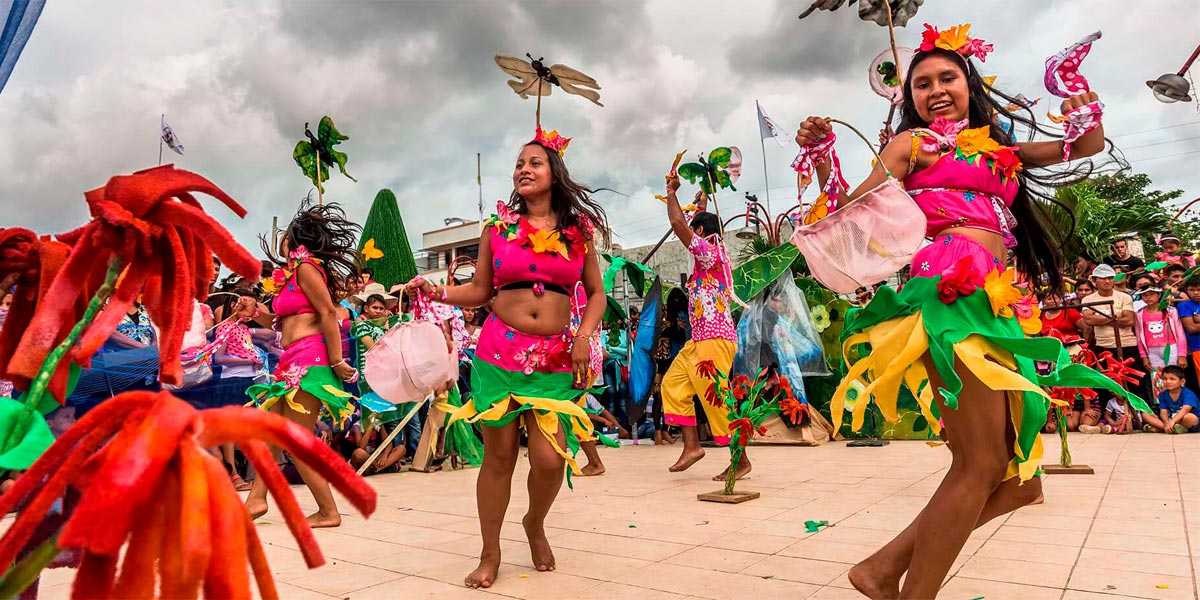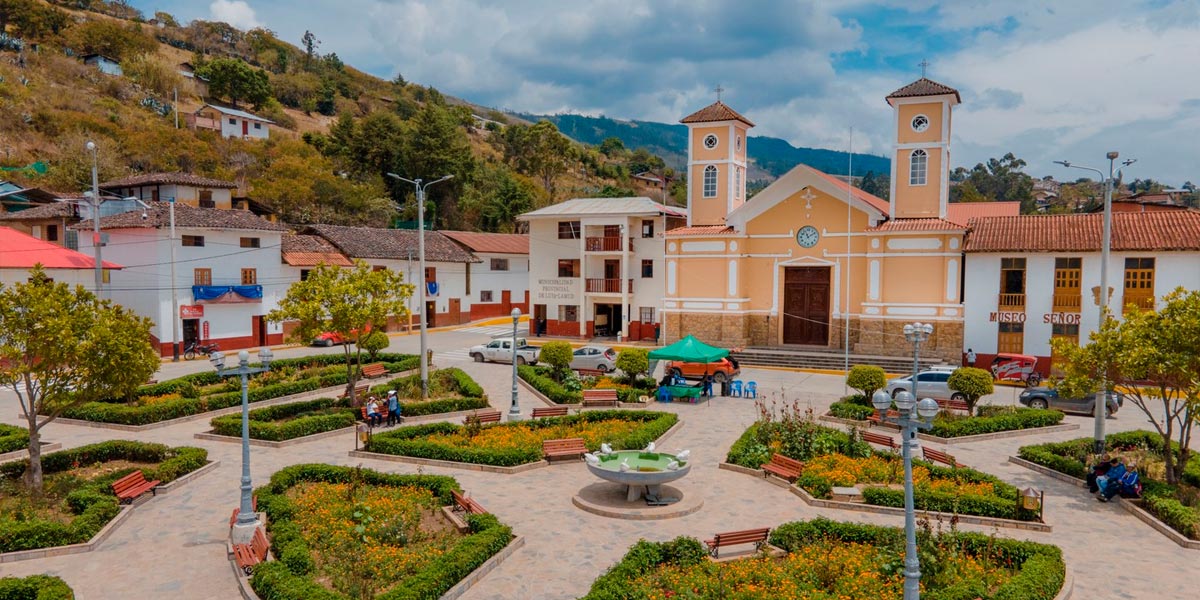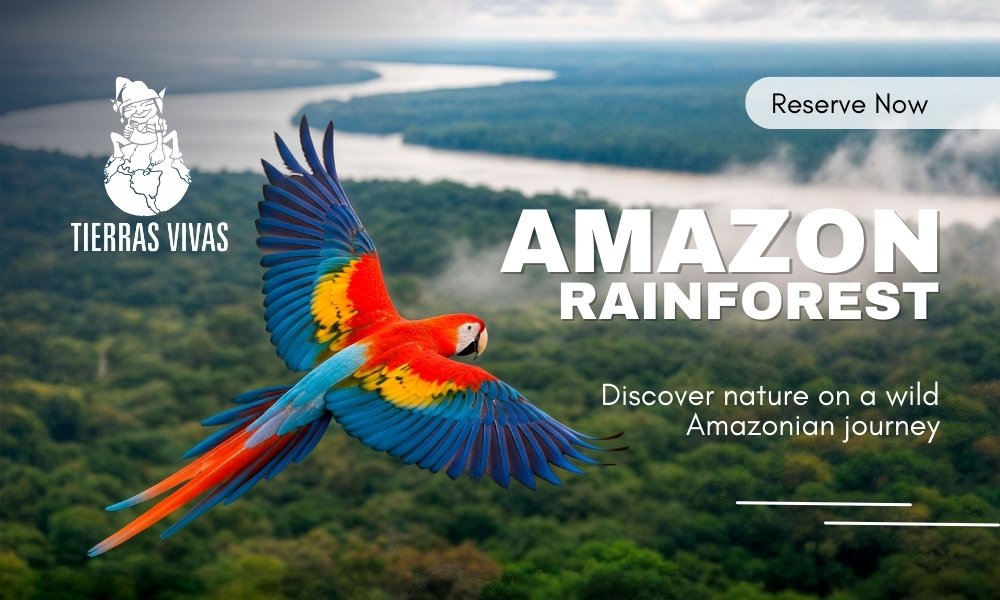Lamud is a district of the province of Luya, in the Amazon region, it is a traditional and quiet town. With around 2,500 inhabitants, it stands out for its peaceful streets, houses with typical architecture, and a cozy atmosphere. Among its main attractions are the Cristo Redentor, an imposing 12-meter image located in the Santa Ana neighborhood; the Main Church, where the Lord of Gualamita, patron of the region, is worshiped; and the Lámud – Urco hill, a natural viewpoint from which you get a panoramic view of the town. Also, its inhabitants are known for their hospitality, their traditional celebrations, and festivities.
Location of Lámud
The Lámud district is located at 2,314 m.a.s.l., in a setting surrounded by mountains and nature typical of the Andes and the Amazon. It is located just 37 km from Chachapoyas, the capital of the Amazonas region, which makes it easy for visitors to access this destination. Thanks to its proximity to the regional capital and its good connectivity, Lámud is presented as a safe and attractive place for those who want to know more about the history, culture, and traditions of the Andean-Amazonian area.
Architecture and notable places
The urban layout of Lámud is characterized by its narrow streets and tile-roofed houses with wooden balconies. Among its buildings, the Casa Verde of the Arévalo Castro family stands out, which preserves furniture and photographs from the 19th century. The Main Square stands out for its gardens and a fountain with white swans; around it are civil and religious institutions such as the Main Temple, with a Latin cross plan, twin towers, and a neo-baroque altarpiece. A few blocks away, the Lámud Museum exhibits archaeological and ethnographic pieces from the area. Other points of interest are the Plazuela de las Cinco Esquinas, the Chapel of the Immaculate Heart of Mary, the image of the Cristo Redentor in the Santa Ana neighborhood, and the San José Mill (1955), still in use for grinding traditional grains like corn, wheat, and barley.
Festivities and traditions
The town keeps its festivities alive, the most important being the patronal feast of the Lord of Gualamita, celebrated every September, with the main day on the 14th. It includes processions, novenas, fairs, craft exhibitions, and traditional activities such as:
- Hueche: exchange of gifts between communities.
- Labra Cuy: making of candles for religious celebrations.
- Amasijo: preparation of bread in artisanal ovens.
- Feragro: agricultural fair.
- Yanta Payay: collection of firewood for the festivities.
- Hatun Luya: parade of communities with traditional costumes and customs.
Gastronomy
The gastronomy of Lamud uses local products like corn and wheat, which are also used in Peruvian cuisine, which are the basis of many preparations, especially in the making of artisanal breads in clay ovens, which not only accompany daily meals but also have a central role in religious and community festivities.
Among the most representative typical dishes are Ucho de Papa with Cuy, prepared with chili pepper and local spices; Locro de Murumashca and Locro de Trigo with Caransho, which combine Andean ingredients with intense flavors; in addition to stews like Puchero, Shipasmute, Purtumute and the traditional Caldo de Cabeza de Carnero, considered an energetic dish ideal for festive days.
Traditional Clothing
Clothing in Lámud is a reflection of identity and its culture. Women usually wear clothes made of fine materials and wool fabrics, accompanied by an embroidered blouse, a slip, a cotton sash and a wide fabric skirt. The straw hat is an essential accessory, not only for sun protection, but also as a symbol of tradition.
Men, for their part, wear cotton pants and shirt, a wool poncho to protect themselves from the high altitude cold, a straw hat and llanques (traditional sandals). These clothes, which are for daily use, are also an element of cultural representation in festivities and parades like the Hatun Luya, where the traditional costumes highlight the colors and identity of the community.
Conservation and Tourist Attraction
The town of Lamud stands out for its state of conservation, as it keeps its colonial-republican architectural pattern intact with wooden balconies, tile roofs and narrow streets. This care is due to both the initiative of its inhabitants and the valuing of its cultural heritage.
The architectural richness, together with the preservation of festive traditions, gastronomy and clothing, turns Lámud into a destination that offers visitors an authentic and differentiated experience compared to other tourist places. In addition, its location in the province of Luya makes it a strategic point to explore nearby attractions such as the Sarcophagi of Karajía and the Caverna de Quiocta, which reinforces its role as a cultural and tourist center of the Amazonas region.
Tourist Attractions of Lámud
-
Cristo Redentor
Lamud welcomes its visitors with the open arms of its imposing Cristo Redentor, a statue of about 12 meters high located in the Santa Ana neighborhood. Every September 12, the locals hold a pilgrimage in its honor, accompanied by a mass at the foot of the image. The festivity continues with music, traditional dances, and the tasting of typical foods and drinks of the region, becoming one of the most significant celebrations of the district. -
Lámud – Urco Viewpoint
At the top of one of the hills that surround the town is the Lámud – Urco viewpoint, a natural space that offers a privileged panoramic view of the Lámud district and the Luya province. -
Laguna Chilmal
Another natural attraction of great beauty is the Laguna Chilmal, surrounded by myths and legends that enrich the local oral tradition. According to one of them, it would have emerged at the same time as the Pomacochas Lagoon, being considered its "daughter." Another story tells that when someone gets too close to its central well, the lagoon gets angry and causes heavy rains. -
Kiocta Caves
The Kiocta Cave or Caverns are one of the most surprising archaeological and natural sites in Lámud. Inside you can see stalactites, stalagmites, and rock paintings that show the presence of ancient human settlements. This space combines adventure, history, and nature, making it ideal for travelers who seek different experiences. -
City of the Dead
Just 11 km from Lámud is the enigmatic City of the Dead, an archaeological site located in an imposing ravine. There you can see constructions with animal figures carved on the walls, as well as sarcophagi distributed in the area. Its location and the magnitude of the findings make it a place of great historical and cultural value. -
Other Archaeological Sites
In the surroundings, other funeral sites also stand out, such as Puka Tambo and Pinchourco, which contain sarcophagi possibly attributed to the Chillaos group. However, the greatest funeral reference in the area are the famous Karajía Sarcophagi, icons of the Chachapoya culture. These anthropomorphic sculptures, almost 2 meters high, are perched on cliffs and decorated with trophy skulls, which gives them a unique and enigmatic appearance. -
Traditional Mills
Finally, among the most picturesque attractions are the stone mills of Lámud, built in the mid-20th century and that are still in operation. These spaces allow you to get to know up close the local traditions linked to the grinding of grains like wheat, corn, barley, and chochoca, activities that are part of the daily life of the town.
Best Tours in Peru
Many are the routes that take you to Machu Picchu, but none is like the Inca Trail Tours, the most famous pedestrian path in the Americas. After flying from the capital of Perú, Lima, you will arrive in Cusco to walk for four days along a path through forests and dense fog, millenary stone steps and discovering the ruins of ancient fortifications and Inca cities, and all the time enjoying majestic views.
- Peru Adventure Holidays
- Enigmatic Peru
- Peru Full of Adventures
- Peru Luxury Travel
- Peruvian Highlands
- Discover Peru
Inca Trail, Machu Picchu and more
- Salcantay Trek Peru to Machu Picchu 5 days
- Palcoyo Mountain Tour
- Cusco to Manu Tour
- Humantay Lake Day Trip
- Huchuy Qosqo Day Hike
- Llactapata Inca Trail to Machu Picchu
- Apurimac River Rafting
- Vilcabamba Trek to Machu Picchu
- Inti Raymi and Machu Picchu Tour
If you want to visit Machu Picchu, we recommend you to book your Machu Picchu Ticket in advance, so you will enjoy your Vacation in Machu Picchu without any problem.









